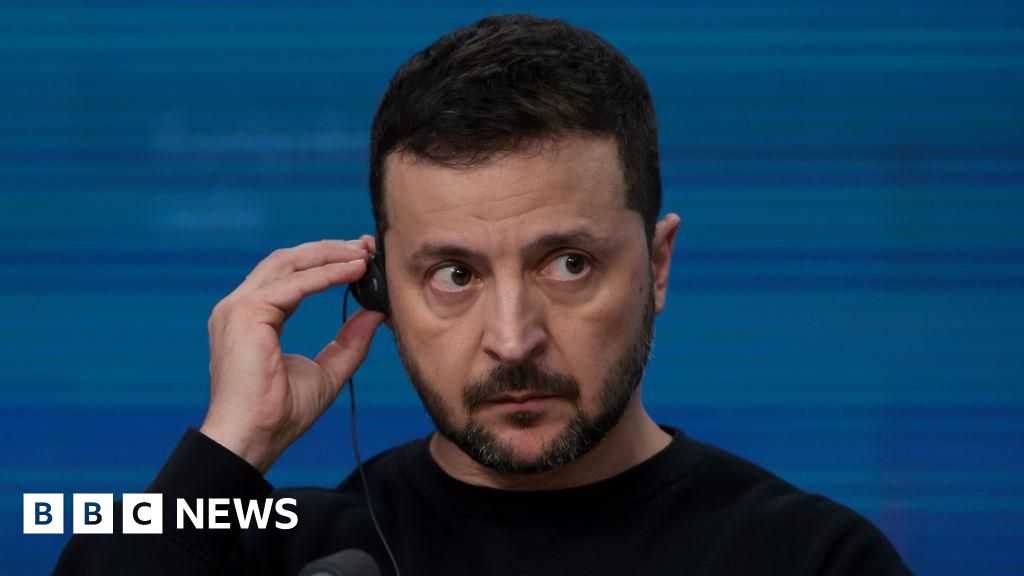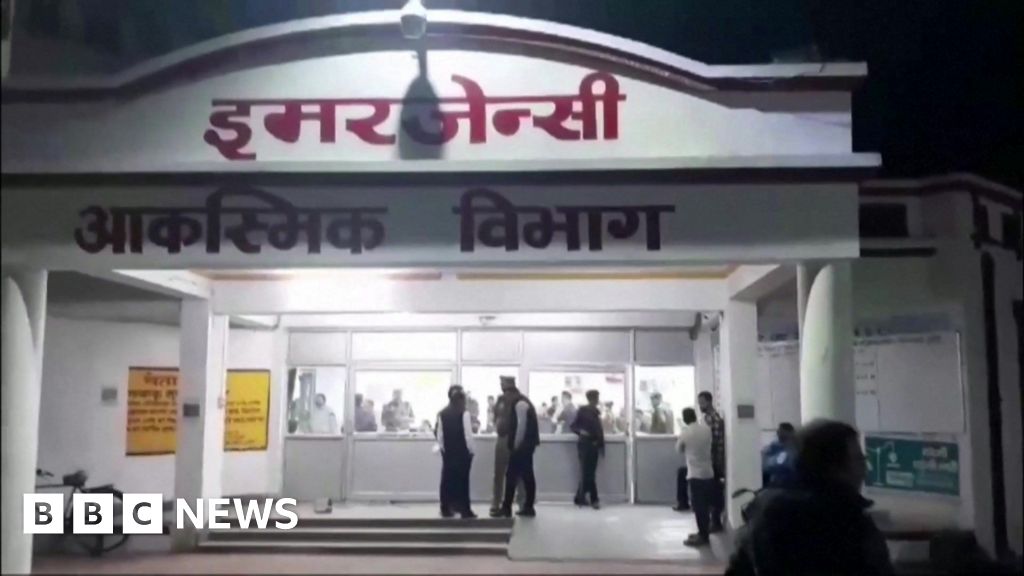ARTICLE AD BOX
By Gary Nunn
Sydney
Image source, Getty Images
Image caption,Scott Marsh's mural of Scott Morrison, who drew anger for holidaying in Hawaii during the bushfire crisis
Graffiti artist Scott Marsh uses a quintessentially Australian trait to connect people to his political and often controversial works: larrikinism, the state of being disorderly and mischievous.
"Once you make people laugh, you've got them. They engage," he tells the BBC.
Recent works have satirised Prime Minister Scott Morrison holidaying in Hawaii at the height of Australia's bushfire crisis, or mocked up as Captain Cook, a commentary on the mood among some Australians to change the date of Australia Day to something less celebratory of colonial invasion.
"Part of the Australian character for me anyway is being able to take the piss out of yourself first," Marsh says. That gives him permission, he says, to lampoon others - "either my mates, or politicians like the prime minister".
But it was Marsh's depiction of Kanye West and George Michael that garnered him attention beyond Australia's shores.
Viral platform
It was reported in 2016 that American rapper Kanye West's management offered Marsh $100,000 (£53,000) to paint over the mural, Kanye loves Kanye, which - based on a meme - depicted the singer passionately kissing himself.
Marsh will not comment on those reports, but says the work catapulted him into the international limelight.
"It went mega viral," he says, adding that Australian expats sent him news clips in the Honduras Daily and a newspaper distributed on the Budapest metro.
"It was super weird," he says.
Image source, Getty Images
Image caption,The mural depicting Kanye West kissing himself was later painted over
The Saint George mural, painted later and depicting British singer George Michael as a religious figure in a rainbow scarf with drugs, was defaced by Christian Lives Matter, a group which protests at activities they deem blasphemous.
Undeterred, Marsh gave the singer a "second coming" titled The Rise of Saint George, which inspired a theatre show.
These murals were a result of happenstance: one a request by a fellow street artist, another by a couple for their house. But their success gave the artist something he was under-prepared for: a platform.
He decided to use it to "actually say something," beginning with Casino Mike, a mural which satirised Sydney's lockout laws, which didn't apply to the city's juggernaut casino.
"They basically shut down much of the city's nightlife in the name of safety," he says. "Lots of my mates lost their bar jobs."
The controversial laws inspired other street artists to mock what they perceived as Sydney's nanny-statism.
During Australia's 2017 vote on legalising same-sex marriage, Marsh created provocative murals of former Prime Minister Tony Abbott and Cardinal George Pell, who were both vocal opponents to reform. One - Tony loves Tony - featured the conservative politician marrying himself.
It was, Marsh says, an encouragement for Australians to vote yes: "That whole [vote] was painful. The gay community has always been so inclusive - you could have two heads, they didn't care, they'd welcome you. So I wanted to support them."
Image source, Getty Images
Image caption,Marsh conceals his face when attending public events
His most recent murals skewering conservative politics, however, have been defaced by some on the left.
"[It's] because I'm white and straight, basically - in their words. So I have no right to paint about issues that don't involve me because I have privilege," he says, adding he finds this thinking "loopy".
Such experiences have made the already media-shy artist even more cautious; he received death threats during the plebiscite. He attends awards ceremonies in a balaclava for this reason.
"I feel like a goose, but it's necessary," he says.
Skewering climate politics
These days, Marsh seeks permission for the spaces on which he paints, but he began his graffiti days illegally tagging trains as a teenager.
It's a far cry from today when he gets commissioned by major professional charities.
As Australia's bushfires burned, Greenpeace commissioned Marsh on a mural about climate change.
"The agreement was, we'll provide your materials and you'll have full creative control. I realised: there's no shortage of inspiration in Australia for murals on climate change," he says.
The result, The Ivory Tower, depicts those who, to varying degrees, have been resistant to climate change action, including Rupert Murdoch, billionaire mining magnate Gina Rinehart, Mr Morrison and Deputy Prime Minister Barnaby Joyce. Below their ivory tower, a huge blaze incinerates koalas and kangaroos.
Image source, Getty Images
Image caption,The mural depicting (L-R) newspaper columnist Andrew Bolt, mining magnate Gina Rinehart, Deputy PM Barnaby Joyce, media mogul Rupert Murdoch, commentator Alan Jones, Prime Minister Scott Morrison, and former MP Clive Palmer
Marsh wanted to take aim at Australia's climate record, which the government insists is adequate but is frequently criticised globally.
"It's horrendous," he says. "Our government is captured by the coal lobby and the minerals lobby. So the government is just doing whatever it wants, and pushing their message."
'He's unique'
The founder of Australia's leading street art network says Marsh is passionate about the subjects of his artworks.
"Unlike younger artists who are gentrifying graffiti, Scottie doesn't dilute his work to appease [those who fund him]" says Shaun Hossack from Juddy Roller.
Mr Hossack describes Marsh as "an outlier."
"He doesn't actually have many contemporaries in this country. I'd love more people to take a stance and create work that shocks because that is the function of art," he says.
"People uncomfortable with walking into stiff white galleries can view art democratically: in the street," he says. "It's about reclaiming public space."
Not everyone's happy about him reclaiming that space. Earlier this year, New South Wales officials repeatedly demanded Marsh's Black Lives Matter-themed mural of a police vehicle on fire be removed, despite a legal expert saying it didn't break criminal law because Marsh had obtained permission from the property's owner.
The police applied pressure to the City of Sydney council to remove it because, they claimed, it was "offensive" and "anti-police".
In exploring the line between [legal] street art and illegal graffiti art, Marsh's work draws frequent, inevitable comparisons to another famous street artist.
When asked about being consistently being labelled the Australian Banksy, he is characteristically nonchalant.
"It's just a media grab," he says, shrugging.
You may also be interested in:
Maliwawa Figures: Ancient Aboriginal art 'unlike anything seen before'

 2 years ago
81
2 years ago
81








 English (US)
English (US)